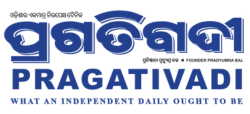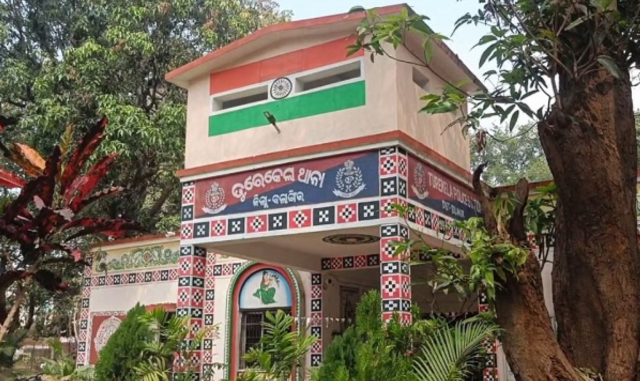In a landmark move toward equitable resource utilisation, the Government of Odisha hosted a state-level workshop to unpack the groundbreaking findings of a concurrent evaluation on the functioning of District Mineral Foundations (DMFs) and the implementation of DMF projects in the mining-heavy districts of Angul, Jajpur, and Jharsuguda.
Chaired by Anu Garg, IAS, Development Commissioner-cum-Additional Chief Secretary to the Government of Odisha, the event—organised by the Planning and Convergence Department—drew senior officials, including Commissioner-cum-Secretaries from the Panchayati Raj & Drinking Water (PR&DW) Department, Rural Development (RD) Department, and Skill Development & Technical Education (SD&TE) Department. Also in attendance were Special Secretaries, Additional Secretaries from the Planning & Convergence (P&C) Department, the Director of Integrated Child Development Services & Social Welfare (ICDS & SW), and representatives from all relevant government departments.
The evaluation, a first-of-its-kind national study conducted by third-party experts G.T. Bharat LLP, paints a vivid picture of DMF’s role as a catalyst for inclusive development. Since its inception, over 32,000 projects have been sanctioned across Odisha’s DMF districts, with 13,244 projects and villages sampled for in-depth analysis. These initiatives span critical sectors like health, education, livelihoods, drinking water supply, and infrastructure, effectively addressing long-standing resource deficits in mining-impacted communities.
Key highlights from the report underscore DMF’s tangible socio-economic dividends. Investments in piped water systems, road connectivity, healthcare facilities, and skill development programs have yielded impressive cost-benefit ratios, particularly in education and sanitation. “DMF has emerged as a transformative mechanism, accelerating development and enhancing quality of life in these areas,” the report states, emphasising its potential as “catalytic capital” for innovation, including just transitions in coal-dependent districts and scalable models for livelihoods, skilling, and technology integration.
Odisha DMF Evaluation
Yet, the study doesn’t shy away from areas for improvement. It recommends bolstering planning and monitoring through five-year perspective plans, robust operations and maintenance protocols, and comprehensive baseline surveys. Additional calls include capacity-building programs for stakeholders, the creation of a centralised digital repository for transparency and knowledge sharing, and fostering cross-district exchanges to replicate best practices.
Addressing the gathering, Anu Garg emphasised the workshop’s objective: “This was an exercise to identify good practices and areas where districts can strengthen further.” She highlighted the government’s push for baseline surveys, integrating operation and maintenance into project designs, and ramping up monitoring and public awareness of DMF initiatives. “Data systems and fund flow mechanisms can also be refined to support faster and more transparent implementation,” she added. Looking ahead, Garg announced forthcoming measures to ensure “full saturation of benefits in villages within a 5 km radius of mining areas, in accordance with DMF norms.”
The discussions gained depth from on-ground perspectives shared by the Collectors of Angul and Jajpur, alongside the Additional District Magistrate (ADM) of Jharsuguda. They deliberated on implementation challenges—such as logistical hurdles and community engagement—and offered actionable suggestions to streamline project delivery.
As Odisha continues to harness its mineral wealth for people-centric progress, this evaluation positions the state as a national frontrunner. By translating mining revenues into sustainable, community-driven growth, DMF exemplifies how resource-rich regions can prioritise equity and resilience. With proposed institutional reforms, Odisha’s model holds promise for replication nationwide, ensuring that the fruits of extraction benefit those closest to the source.





























